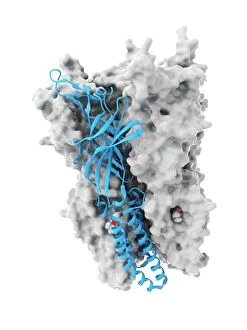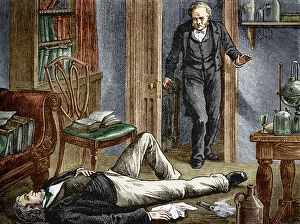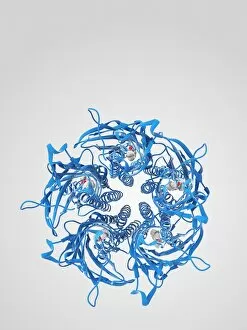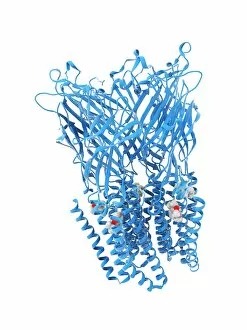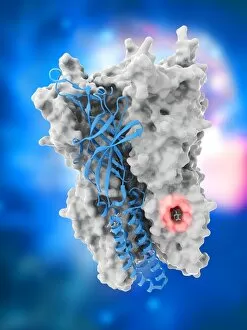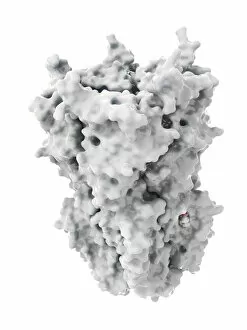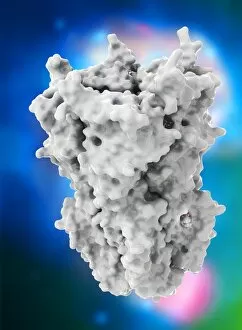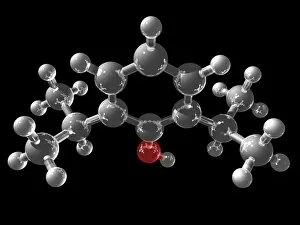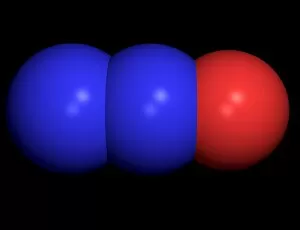Anaesthesiology Collection
"Unveiling the Science Behind Anaesthesiology: From Simpson's Pioneering Research to Ion Channel Inhibition" In the fascinating world of anaesthesiology
For sale as Licensed Images
Choose your image, Select your licence and Download the media
"Unveiling the Science Behind Anaesthesiology: From Simpson's Pioneering Research to Ion Channel Inhibition" In the fascinating world of anaesthesiology, a crucial medical specialty, lies a captivating story that intertwines scientific breakthroughs and dedicated professionals. Dating back to the 1840s, Sir James Simpson, a Scottish physician, embarked on an ambitious journey to explore the realm of anaesthetics. His pioneering research paved the way for modern-day practices in pain management. One of the key mechanisms behind effective anaesthesia is inhibiting ion channels within our bodies. These intricate pathways play a vital role in transmitting signals throughout our nervous system. By skillfully utilizing specific anaesthetic agents capable of inhibiting these ion channels (such as C015/6718), skilled anaesthetists can induce profound states of unconsciousness during surgical procedures. The significance of understanding this process cannot be overstated; it has revolutionized patient care and safety in operating rooms worldwide. With each passing year, advancements continue to enhance both techniques and medications used by anaesthetists. As we delve deeper into this field, we encounter molecules like Propofol and Nitrous Oxide—powerful substances employed by anaesthetists to achieve optimal sedation levels while minimizing discomfort for patients undergoing surgery or other invasive procedures. Anaesthesiology stands at the forefront of medicine's constant pursuit to improve patient outcomes. It requires not only extensive knowledge but also exceptional skills possessed by these unsung heroes—the highly trained individuals who dedicate their lives to ensuring comfort and well-being during critical moments when patients are most vulnerable. So let us celebrate those who have contributed tirelessly towards this remarkable discipline—a tribute to all those involved in researching new frontiers (like C015/6723) or developing innovative approaches that make surgeries safer than ever before (C015/6722).

